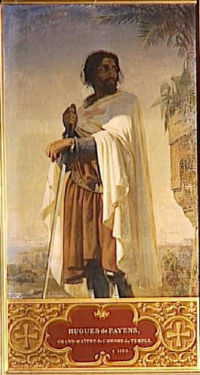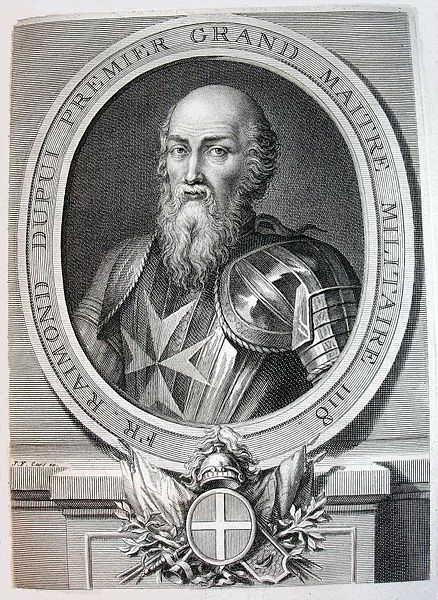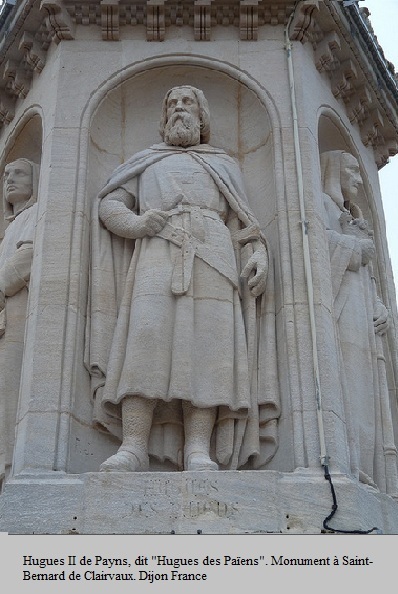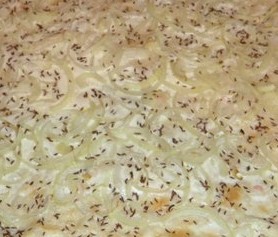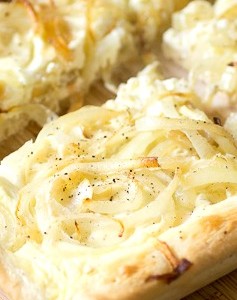
My parents were devoutly Roman Catholic when I
was growing up and they still are. Their devout religious beliefs had a
huge impact on my views of the world and in how I interacted with
others. I even served as an altar boy in our local church and I was a
member of the Newman Center at Lock Haven University during my
University years. I later entered and graduated from a Roman Catholic
seminary earning a Bachelor's Degree in Philosophy. I feel I had a great
education and a spiritual foundation.
In 1962 the year I was born few Roman Catholics would have
predicted the problems facing the Roman Catholic Church of today.
Fifty-seven years ago, when Pope John XXIII headed the Roman Catholic
Church there was great optimism about the Church’s future.
Pope John XXIII was born Angelo Giuseppe Roncalli on the 25th
of November in 1881 and died on the 3rd of June in 1963. He was elected
Pope on the 28th of October in 1958 and called the Second Vatican
Council (1962–1965) but did not live to see it to completion due to his
death in 1963. He died only four-and-a-half years after his election.
It was fifty-seven years ago in 1962 that Pope John XXIII
made the statement “let us open up the windows and let some fresh air in
the Church.” He was inviting change which led to the establishment of
the second Vatican council. The second Vatican council led to great
optimism among Catholics but in the end, it was a huge disappointment.
Catholics throughout the world were expecting to see huge changes in the
church to address the social changes of the 1960s. Most Catholics in
the late 1960s felt the Second Vatican Council did not go far enough and
that the Church was out of touch with the times. It also marked the
beginning of the decline within the church due to the church hierarchy’s
inability to relate to the spiritual needs of its congregation. Pope
John XXIII would certainly be disappointed if he was able to witness the
problems plaguing today’s Church. There is also a growing number of
Catholics who no longer view the church as being relevant in their
lives. The US Catholic population is approximately 77.7 million making
it the fourth-largest Catholic population in the world, after Brazil,
Mexico, and the Philippines.
Most would agree with me that the majority of Catholics in
America are Catholics in name only not practicing Catholics. Most
theologians would also agree that one of the main issues facing today’s
Roman Catholic Church is its inability to adapt to the changing times.
It’s no surprise that the church has difficulties. They are mostly due
to a drop in vocations, lower church attendance and a lack of donations.
This has resulted in church closings not just in the United States, but
globally.
The pedophile priest issues, the cover-ups, and the whispers
of a homosexual subculture among today’s catholic priests and
seminarians are not helping the church’s credibility issue either. I
would never judge a person by their sexual orientation as long as its
between two consenting adults. I also admire Pope Francis's statement
regarding the issue of homosexuality, “who am I to judge” he said. When I
was in the seminary I was one of a few that was [not] a homosexual. I
did not care about the other seminarians' sexual orientations nor was I
homophobic about their sexual preferences. That being said, it has
become more than obvious that the drop in vocations has resulted in the
lowering of church standards among Roman Catholic Seminaries throughout
the world.
Most Catholics today also believe the church’s teachings are
somewhat archaic. They disagree with the patriarchal system and feel
women should have authoritative roles. The majority of Catholics also
disagree with the Vatican’s position on contraception. According to
church statistics, fifty-seven years ago, in 1962, there were
approximately 58,000 priests in the U.S. This was mostly due to the
influx of immigrants from the previous generation. Since then, the
numbers have drastically declined. In a few years, there will be less
than 15,000 priests under the age of 70. The lack of viable vocations
for the priesthood has also resulted in many seminaries closing.
There were about 180,000 nuns in 1962. They were the backbone
of Catholic education, but within the next 10 years, they will be
virtually non-existent. Seventy-five percent of Catholics went to Mass
on a regular basis in 1962. Today, it’s less than 26 percent. This is
mostly due to changing demographics. The younger generations relocate
for better employment opportunities. The average person will relocate
five times in their lifetime and their parents’ traditional church is no
longer their core belief system.
Many theologians describe today’s Catholics as cafeteria
Catholics because they pick and choose their beliefs. In 1962, a greater
number followed church mandates dogmatically. Most Catholics today
believe the church’s teachings are somewhat outdated. They disagree with
the patriarchal system and feel women should have authoritative roles.
The majority of Catholics also disagree with the Vatican’s position on
contraception.
The church’s beacon of light must shine on the spirit of the
times, such as allowing women to become priests and priests to marry.
According to recent Pew Research Polls, most of today’s Catholics are no
longer relying on religious institutions to tell them what they can and
cannot believe. Religious institutions have a tendency to give
simplistic, black and white answers. The reality of life, however, can
be very complex and very gray.
The mystics of old discovered that when the mind draws a
blank to the world’s riddles, it turns to the soul for answers, for the
soul knows what the mind seeks. As for the church, its spiritual
knowledge is only as relevant as its application. Spirituality and
religion are useless until properly applied to those in need within the
spirit of the times.
I may not be a practicing catholic or a religious person but I
am spiritual. Centuries ago, the inward journey was taken by a few
privileged souls, but in today’s culture, it has become a healthy trend
among the young. Pope Francis once made the statement that he sees a
smaller but much stronger church in the future. He also went on to say
that the universal church is not ready for a Vatican three. Perhaps the
next Pope, whenever that may come about, may see the necessity to reopen
the church windows in order to invite the spirit of the times in
because in order for the church to survive. It will have to bring about a
positive, spiritual change, out of necessity rather than convenience by
reaching the hearts of its congregations.
Pope John XIII’s legacy was inviting change but
unfortunately, the change did not go far enough. There is a serious
disconnect between the spirituality that the average catholic is seeking
and the church’s institutional dogma. The Roman Catholic Church’s
hierarchy might be a little fearful of the changing and progressive
times. It has also been said that today’s Z Generation, perhaps lacking
in the area of spiritual insights, are still the most knowledgeable and
educated of all previous generations. They rarely turn to institutions
for answers but that does not mean our era is not ready for a Vatican
three. This is a perfect time for the Vatican Council to reach out to
those who are Catholic in name only.
Always with love from Suzhou, China
Thomas F O’Neill
Phone: (410) 925-9334
WeChat: Thomas_F_ONeill
Skype: Thomas_F_ONeill
Email: introspective7@hotmail.com
Facebook: http://facebook.com/thomasf.oneill.3/
Click on author's byline for bio and list of other works published by Pencil Stubs Online.







